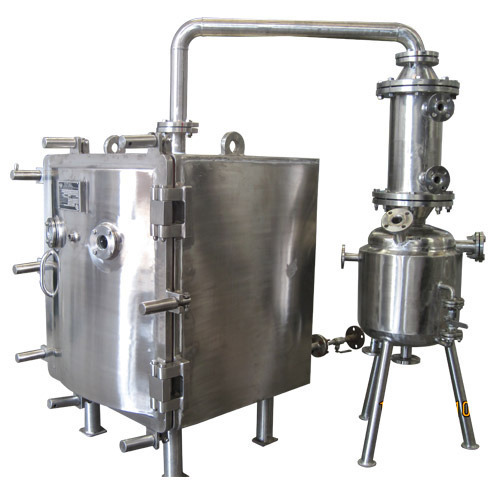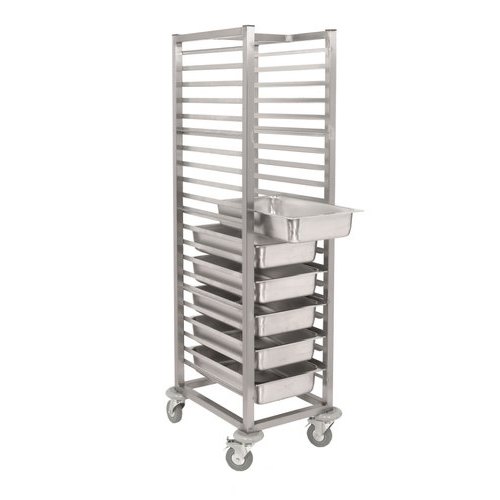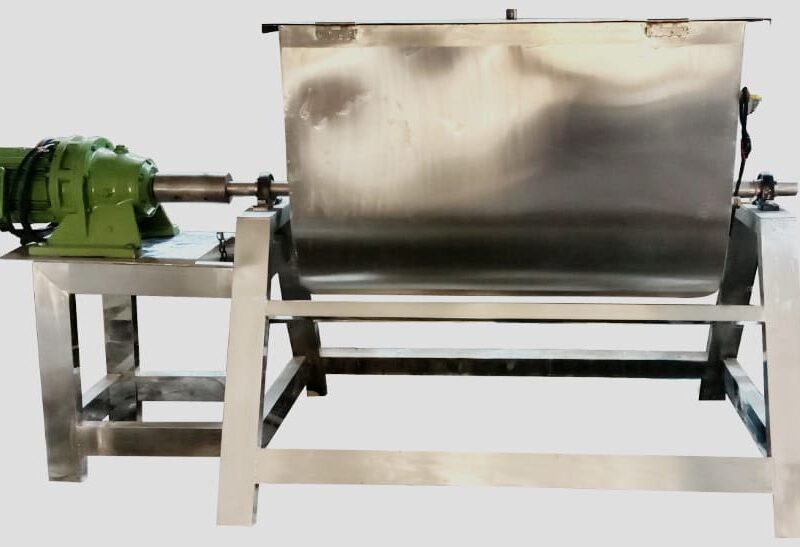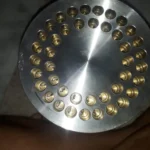
Macaroni Dies And Imported Inserts
December 17, 2023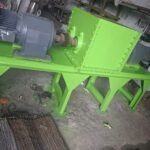
Shredder Crusher
May 26, 2024Vacuum Dryer
Vacuum Technical Specifications :
Vacuum Dryer In Karachi Pakistan :
What is vacuum drying?
One batch procedure executed in an airtight vessel is vacuum drying. The humidity and pressure within the chamber are lowered with the use of vacuum pumps. By interaction with the indirectly heating walls, the materials inside dry more quickly by lowering the ambient pressure within the chamber. Vacuum drying can be viewed as contact drying in a vacuu
Vacuum drying heat-sensitive materials
One of the best professional drying techniques for handling granules and powders which are sensitive to heat, hygroscopic, poisonous, or combination is suction drying. Particle drying may require preventing high temperatures for a number of causes from product security to standardization:
- Pharmaceutical powders – active ingredients may lose their medicinal effect when warmed.
- Food drying – certain nutrients may break down if exposed to high temperatures. Taste, consistency, and appearance can also degrade under too much heat.
- Plastics and chemical processing – synthetic materials can leach toxins with prolonged exposure to heat. This can even make convection drying methods hazardous, as the hot air stream must eventually be emitted.
Vacuum drying is a safe and highly efficient technique for drying large volumes of heat-sensitive powders or granules at a much lower temperature than would be required in a traditional industrial dryer. In a vacuum, where ambient pressure is reduced, the flashpoint of liquids lowers considerably.
Because of their pressurized chambers, vacuum dryers are capable of reducing the flashpoint of a watery suspension from 212°F (or 100°C, the normal boiling point of water) to just 95°F (35°C). The vacuum drying process requires less heat to remove water from the product, thus using less energy and resulting in less product degradation than with traditional drying methods.

